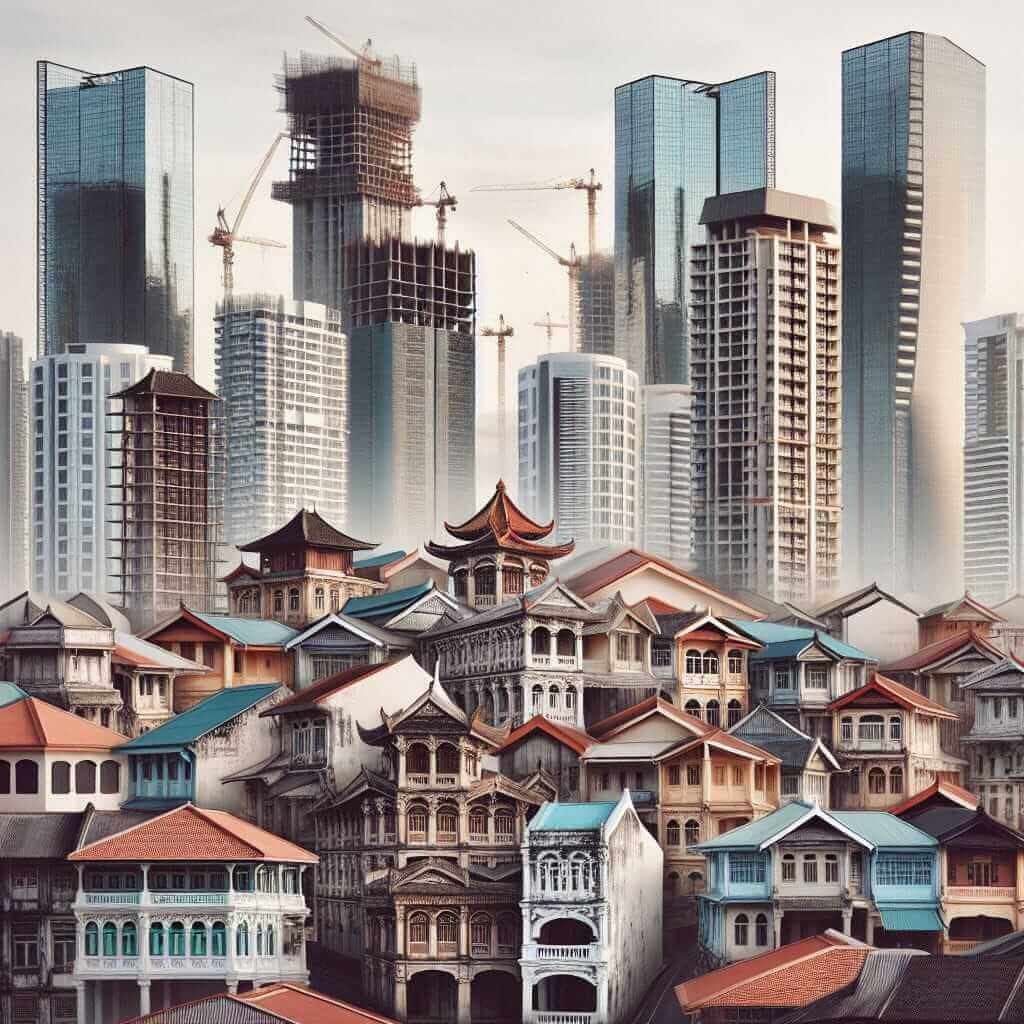The preservation of historical buildings and sites is a topic that frequently surfaces in IELTS Writing Task 2, often appearing as a discussion about the balance between progress and heritage. This article will furnish you with a comprehensive understanding of the topic, equipping you with the language and arguments to excel in this area of the IELTS exam.
Here are some potential essay questions related to historical preservation:
- Many old buildings are being demolished to make way for modern constructions. What are the advantages and disadvantages of this trend?
- Some people argue that it is the responsibility of the government to protect historically significant buildings, while others believe that private individuals should bear this burden. Discuss both views and give your opinion.
- Historic buildings are irreplaceable. Do you believe it is more important to preserve these structures or prioritize modern architecture?
IELTS Writing Task 2 Sample Essay
Let’s delve into a model essay response for the first question:
Many old buildings are being demolished to make way for modern constructions. What are the advantages and disadvantages of this trend?
Essay Analysis
This question requires you to discuss both the positive and negative aspects of replacing older buildings with new ones. It is crucial to acknowledge both sides of the argument and present a balanced analysis before reaching a conclusion.
Model Essay
In an era marked by rapid urbanization and architectural innovation, the demolition of old buildings to accommodate modern constructions has become a common practice. While this trend offers certain advantages, such as urban renewal and economic growth, it also presents significant drawbacks, particularly the loss of cultural heritage and aesthetic value.
One undeniable advantage of replacing outdated structures is the opportunity for urban regeneration. Dilapidated buildings can be replaced with modern infrastructure, improving living standards and creating a more visually appealing cityscape. This process often attracts investment, stimulating economic growth and creating employment opportunities. Furthermore, modern buildings are typically designed with energy efficiency in mind, contributing to a more sustainable environment.

However, the demolition of historical structures comes at a high cost. These buildings often hold immense cultural and historical significance, serving as tangible links to a city’s past. Their destruction represents an irreparable loss of heritage, eroding the unique identity of a place. Moreover, old buildings often possess architectural styles and craftsmanship that are absent in modern construction. Their demolition results in a homogenization of the urban landscape, sacrificing aesthetic diversity for functionality.
In conclusion, while the construction of new buildings is essential for progress, it should not come at the expense of historical preservation. A balanced approach that prioritizes both urban development and the protection of cultural heritage is crucial. Adaptive reuse of old buildings, where possible, can serve as a compromise, allowing for modernization while retaining the historical fabric of our cities. (Word count: 271)
Writing Tips
- Clear Structure: Organize your essay logically, with an introduction, body paragraphs addressing each side of the argument, and a conclusion.
- Topic Sentences: Begin each body paragraph with a clear topic sentence that outlines the main point of the paragraph.
- Examples: Support your points with relevant examples to strengthen your argument.
- Transition Words: Use transition words and phrases to ensure a smooth flow between sentences and paragraphs.
Vocabulary
- Urban renewal (noun): /ˈɜːrbən rɪˈnuːəl/ – The process of improving or rebuilding parts of a city
- Dilapidated (adjective): /dɪˈlæpɪdeɪtɪd/ – In a state of disrepair or ruin because of age or neglect
- Infrastructure (noun): /ˈɪnfrəˌstrʌktʃər/ – The basic physical and organizational structures and facilities needed for the operation of a society or enterprise.
- Irreparable (adjective): /ɪˈrɛpərəbəl/ – Impossible to repair
- Aesthetic (adjective): /ɛsˈθɛtɪk/ – Concerned with beauty or the appreciation of beauty
- Homogenization (noun): /həˌmɒdʒɪnaɪˈzeɪʃən/ – The process of making things uniform or similar
- Adaptive reuse (noun): /əˈdæptɪv riˈjuːs/ – The process of repurposing buildings for uses other than those for which they were originally designed
Conclusion
Mastering the art of discussing historical preservation is an asset for IELTS Writing Task 2. Remember to analyze each question carefully, present a balanced argument, and support your claims with relevant vocabulary and examples. By familiarizing yourself with the nuances of this topic and refining your writing skills, you can confidently approach IELTS questions related to historical preservation and achieve a high band score.